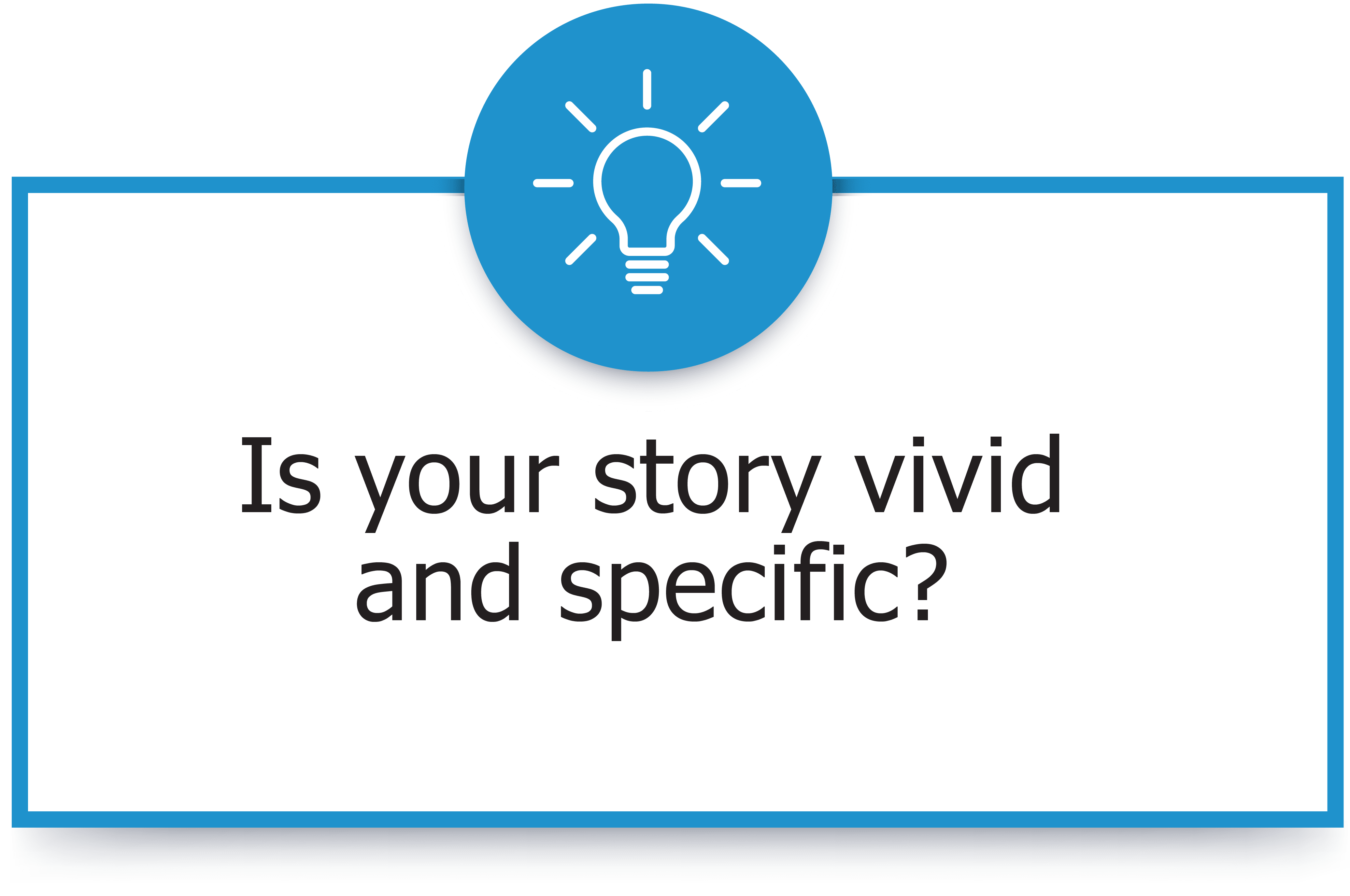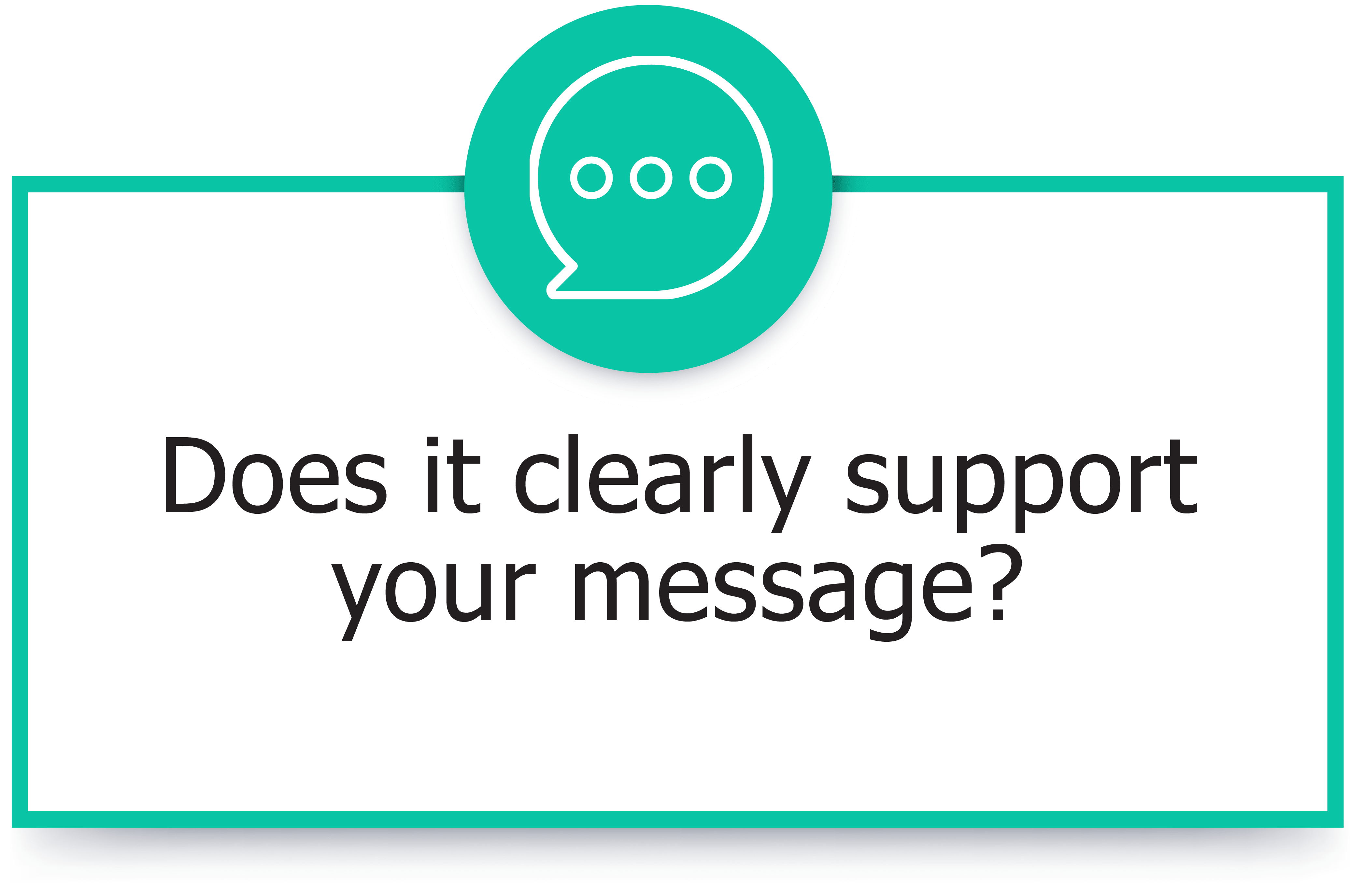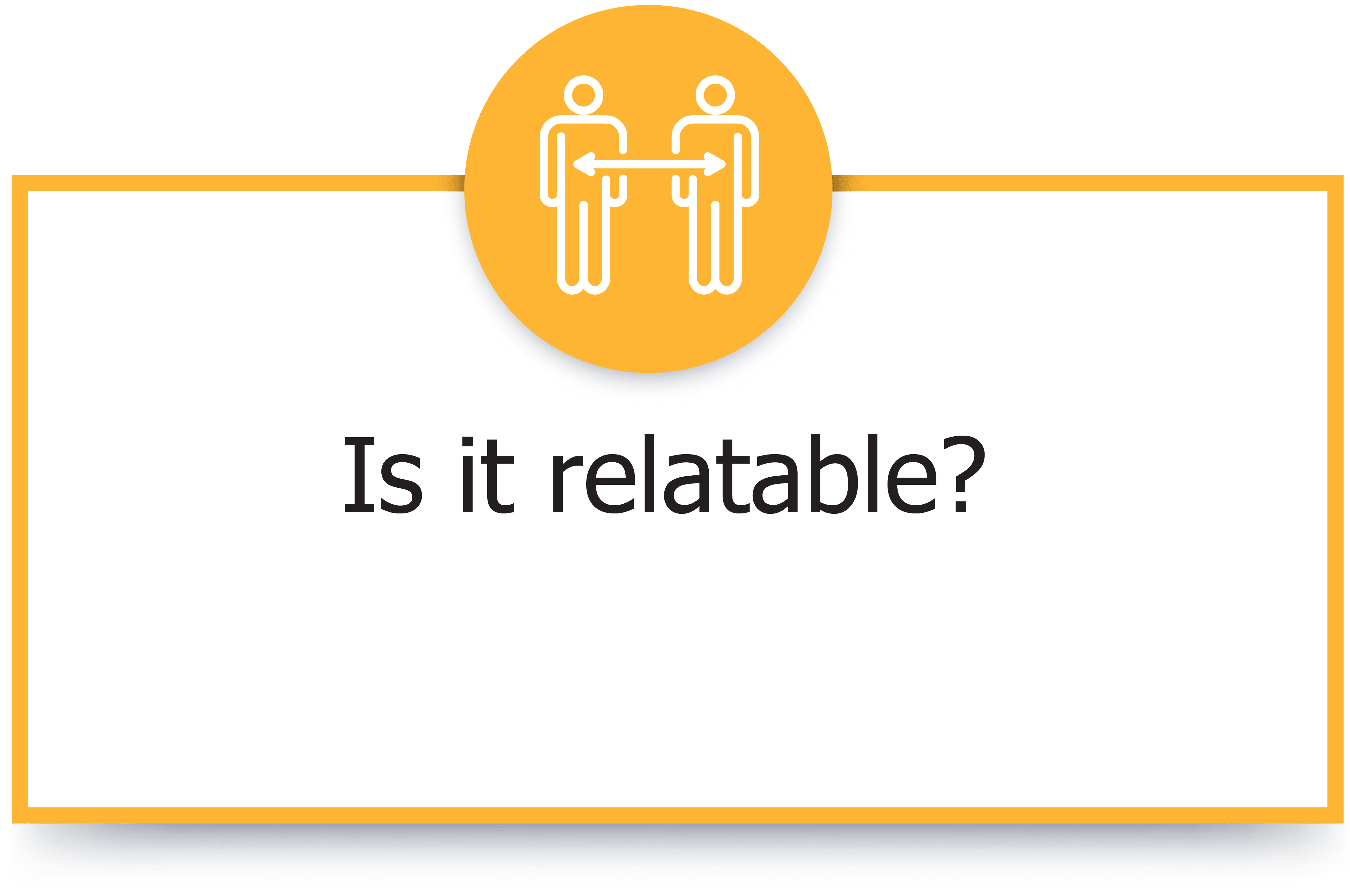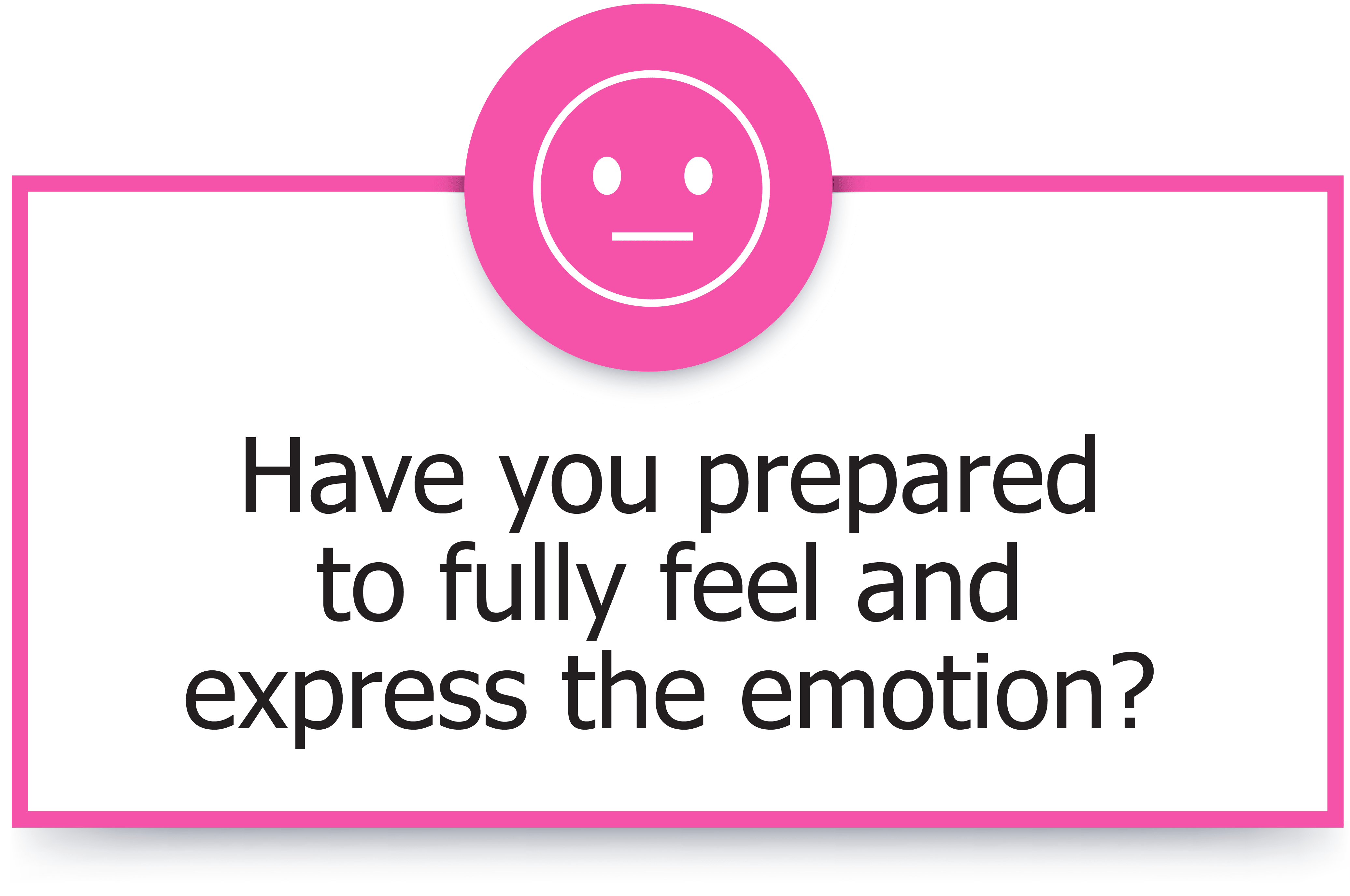
I was sitting in the audience at my first-ever Toastmasters District conference, held at the breathtaking Fairmont Le Chateau Montebello near Ottawa, Canada. The venue was stunning, with its rustic charm and roaring log fire, but what truly lit up the room that day was Darren LaCroix, AS.
He had our full attention from the moment he began. Not because he wowed us with facts or figures, but because he told a story. A vulnerable, personal story about bombing onstage, the sting of failure, and how he worked with a coach to rewrite and refine his message—again and again—until he delivered the winning speech that would change his life, becoming the 2001 World Champion of Public Speaking.
It wasn’t just inspirational. It was instructional. Through his story, LaCroix showed us that storytelling is a skill we can develop—and that the right story, told the right way, can transform not just a speech but an audience.
That moment planted a seed. Since then, I’ve learned that when you master storytelling, you elevate your speaking to a new level. You make your message unforgettable.

Why Stories Work
Stories are hardwired into the human experience. In fact, storytelling has been around for as long as humans. Stories predate writing, and they have always been the way knowledge is passed down. They’re how we make sense of the world. They give life to abstract concepts and transform lessons into experiences.
Neuroscience shows that when we hear facts, only the language centers of our brain are activated. But when we hear stories, multiple areas light up—including those responsible for emotions, sensory processing, and memory.
That’s why stories stick.
Good stories transport us. They help us feel, not just think. They allow us to internalize messages more deeply. Marketers use storytelling because it works: Stories build connection, trust, and emotional buy-in. Every bestselling novel and blockbuster movie is, at its core, a compelling story.
Why Stories Matter in Speaking
Audiences today crave engagement. While inspiration and information are important, the number one thing people want in a presentation is to be entertained. Stories meet that need.
When you study effective speeches, you’ll see how storytelling is inevitably woven in. Nearly all of the most-watched TED Talks begin with a story, or have a story immediately after an opening question.
Think of International Speech Contest speeches—virtually all of them are based around either one key story, or a number of linked stories. 2024 World Champion of Public Speaking, captivated the world with her heartfelt story about the 37 strangers who came together to save her life after a devastating car accident. Her vivid imagery and emotional storytelling held the audience spellbound, delivering a powerful message about connection, gratitude, and resilience.
When done well, stories can make your content relatable, your lessons memorable, and your speech truly impactful.
Vince Ford, the 2025 District 112 International Speech Contest winner, opened with a vivid scene—skiing on glistening snow with his daughter. It drew the audience in and set the stage for the emotional journey that followed, where he shared her health challenges. His opening story captured the audience, and the vulnerability of what he shared made the speech truly memorable.
Stories don’t need to be dramatic. Everyday moments, told well, can move a room. At a recent Division-level International Speech Contest, the speaker shared a humorous yet touching story of a baking disaster with their grandmother. What started as a lighthearted tale of flour explosions and burnt cookies turned into a poignant reflection on the lessons we learn from those we love—and how mistakes often lead to the sweetest memories.
Great speakers know that stories are more than just embellishments. They are the message. When done well, they make your content relatable, your lessons memorable, and your speech truly impactful.
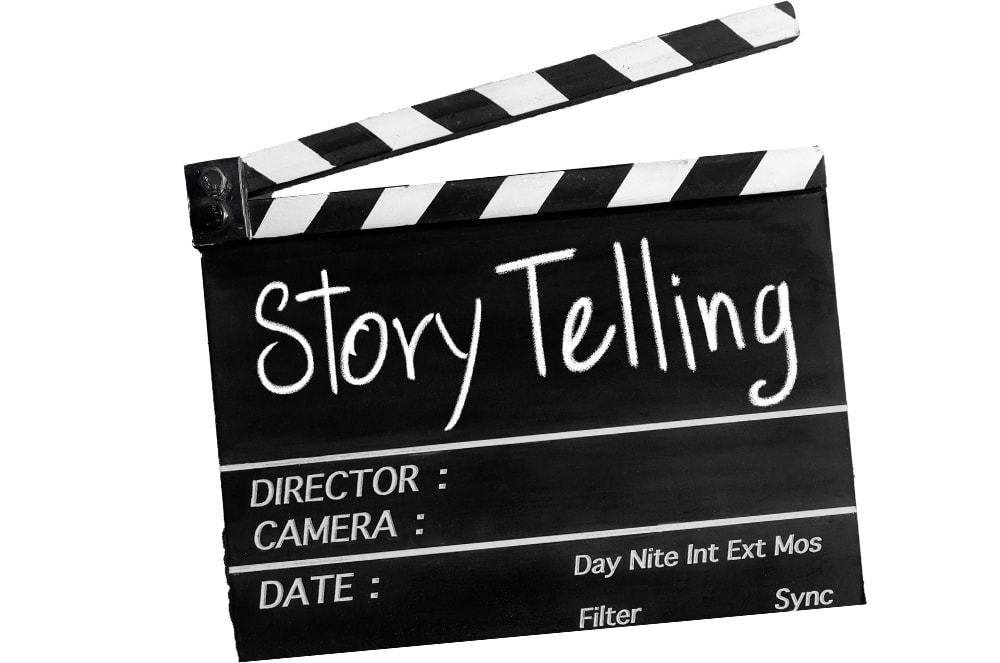
Story Types
One myth I often hear is, “I don’t have any good stories.” The truth? You do.
Stories come in all forms:
- Personal anecdotes: Your own experiences are the richest source of authentic, relatable stories.
- Historical stories: Drawing from history can add credibility and depth.
- Metaphorical or fables: Classic parables and analogies help simplify complex ideas.
- Client or business stories: Perfect for work presentations or persuasive pitches.
- Fictional scenarios: Useful for hypothetical training or future-focused topics. The beauty is that one story can often serve multiple purposes. A single moment can illustrate the importance of integrity, the power of apology, and the danger of assumptions—all depending on how you frame it.
Finding and Collecting Stories
To become a master storyteller, build a story bank. Stories are everywhere: at work, on the way to the supermarket, during family dinners, when you meet a stranger, during celebrations, when you’re on holiday, while doing your favorite pastime, and in moments of joy, frustration, or reflection.
Once you start paying attention, you’ll start to find stories more easily. Start jotting down moments in a notebook or digital file. Label each story with the key lesson (or lessons) it could illustrate. You might use hashtags or bold headings to quickly search for story themes like #resilience, #leadership, or #communication. You’ll find some stories apply to multiple themes. That’s a good thing. Reuse them with different framing to suit your message.
Set aside time each week to reflect on the stories you found. Even a 10-minute habit of jotting ideas down can build a rich library of material over time.

Where to Use Stories in a Speech
Stories can be used throughout a presentation. Here’s how:
- Open with a story. It builds rapport and draws your audience in from the first moment.
- Reinforce points mid-speech. A story can illuminate your idea and make it come alive. You might have one story per key point, or several anecdotes that each reinforce the same central message.
- Close with a story. Ending on a story, or looping back to one you started with, leaves a lasting emotional impression.
It’s worth noting: Not every story belongs in every speech. Don’t tell a story just because you like it. Always ask, “Does this support my message?” If the answer is no, save it for another time.
Storytelling is a skill we can develop—and the right story, told the right way, can transform not just a speech but an audience.
One of the most powerful techniques is the loop-back, where you reference a story told at the beginning of the speech.
In my 2024 Accredited Speaker presentation, I shared a deeply personal story—how our family home was devastated by flooding. After presenting three resilience strategies, I looped back to the flood story again. I jumped forward to the moment when my husband grabbed my hand as we walked away from our damaged home and said, “This is going to be an amazing resilience-building exercise for the kids.”
This closed the loop on my story and led into relating my story to the audience—reassuring them that no matter what storms they face, they too can stand strong. Loops like this help create a satisfying ending and give your message a deeper resonance.

Tips for Telling Powerful Stories
Once you’ve chosen a story, make it come alive with these tips:
1
Set the scene.Help listeners see and feel where we are. Use rich detail. Instead of “I walked into a small room,” try “I stepped into the run-down shack. Wallpaper hung from the walls in strips, the mildew smell was overpowering, and a bone-chilling breeze blew through the broken windows.”
2
Use sensory cues.Engage as many senses as possible. The smell of fresh-baked cookies. The crunch of fall leaves underfoot. The chatter of birds nesting at dusk. This helps the audience feel they are in the story.
3
Use dialogue and character dynamics.Let us see and hear the characters. What’s their gait, facial expression, and tone of voice? Show us the power dynamics through tone and action.
4
Keep only essential details.Ask yourself, Does this detail support the story? If not, cut it. Verity Price, DTM, AS, the 2021 World Champion of Public Speaking, once said, “You can ruin a good story with the facts,” referring to irrelevant or distracting information. She refined her winning speech through 32 versions, paring her stories down to the essentials.
For example, she chose to omit the fact that her family left Zimbabwe during a time of civil war. Instead, she simply shared that her father suddenly lost his job and home—keeping the focus on the emotional core of the story. When you include unnecessary facts, you risk leaving your audience with unanswered questions that pull their attention away. Less is often more.
5
Practice out loud.Rehearse in front of a mirror or in an empty room. Work on your pacing. Match your gestures and expressions to the tone of your story. If relevant, act out moments to bring them to life—without overdoing it.
6
Feel the emotion.Get comfortable with the emotion in the story. Feel it fully—and your audience will too.
7
Create holograms.Practice where you’ll tell each story within your speaking space. For example, if you share the joy of winning a contest from stage left, you can later gesture back to that spot to reconnect the audience to that emotion. Tell each story in a different physical location—especially when they carry contrasting emotional tones. Don’t layer grandma’s funeral over the wedding proposal.
8
Link it clearly.Include a phrase like, “The reason I share this story is ...” This signals to your audience that it’s not just for entertainment. It ties the emotion to the lesson.
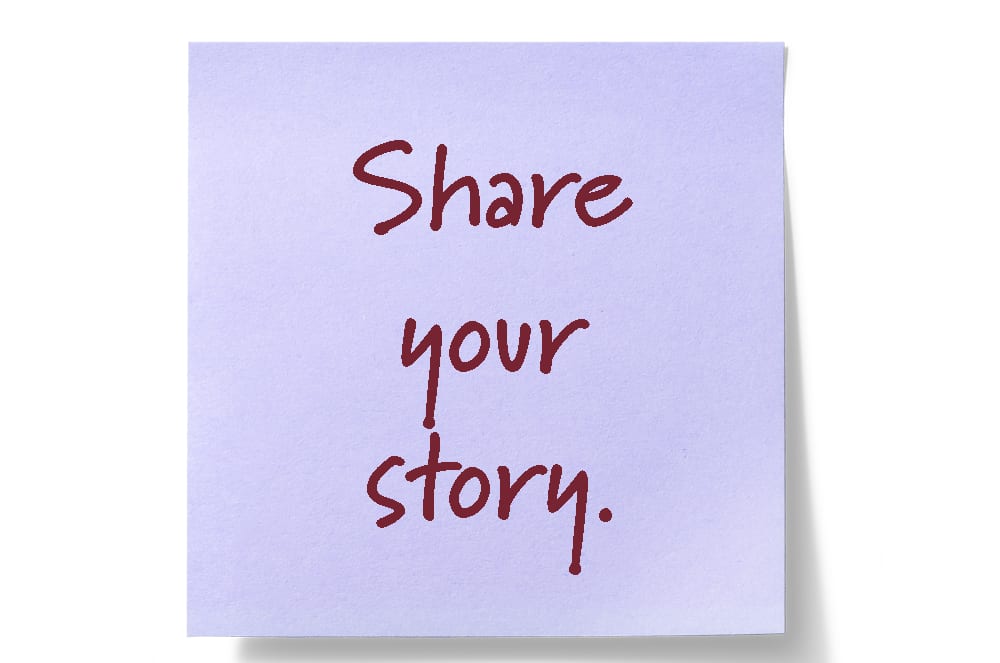
The next time you’re preparing a speech or a presentation, challenge yourself to add a story, or stories, to illustrate one of your points. Try putting the story in different places, experiment with different openings, add some dialogue, play with your pacing, volume, and pauses.
Storytelling is a skill you can learn and sharpen. Be on the lookout for good examples and pay attention to what makes them so good. After all, eight years later, I’m still reflecting on Darren LaCroix’s speech at the District 61 Conference!
Lauren Parsons, DTM, AS is an award-winning wellbeing specialist, New Zealand’s Keynote Speaker of the Year and Educator of the Year 2023, TEDx speaker, author of Thriving Leaders, Thriving Teams, and host of the Thrive TV Show. She is a sought-after speaker who helps organizations create a positive, energized team culture where people thrive. Visit laurenparsonswellbeing.com.

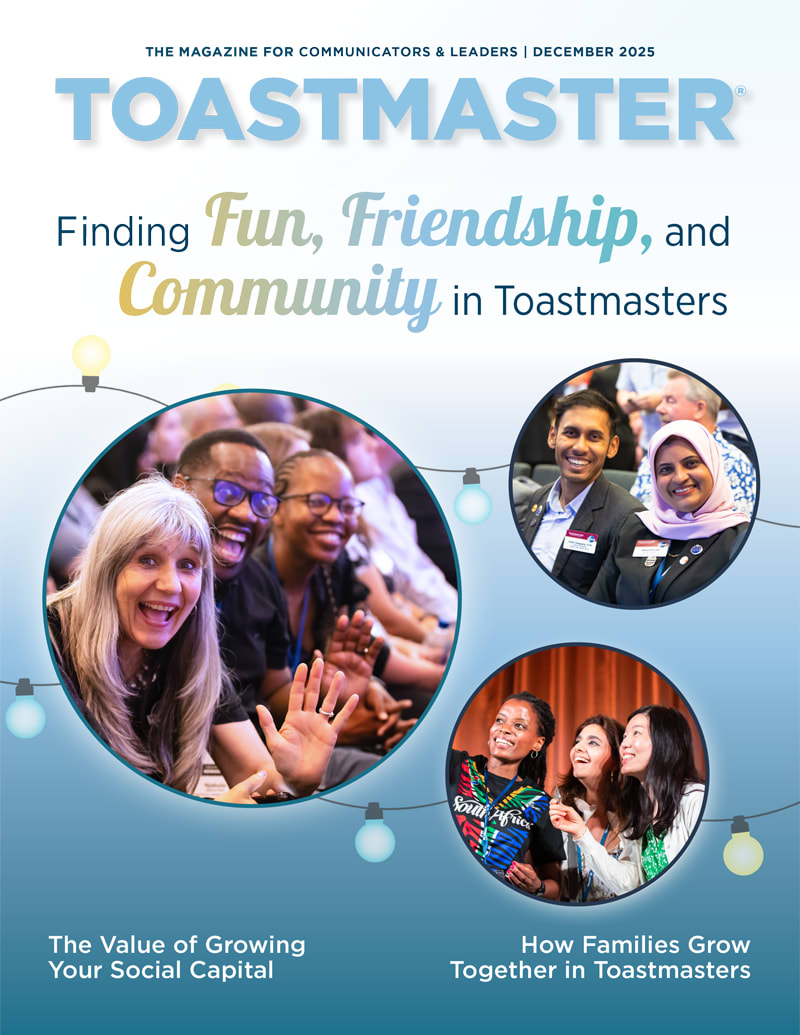

 Previous
Previous

 Quick Storytelling Checklist
Quick Storytelling Checklist
 Previous Article
Previous Article


